Robert Luxun Thinks The 40mm Focal Length Needs More Love
“if you’re not passionate with what you’re shooting, it’ll always show in your work,” says portrait and film photography aficionado Robert Luxun. What’s most interesting about his recent work is his choice of lens for portraits. While most portrait photographers these days would choose an 85mm or 105mm, Luxun prefers to go at least twice as wide and picks a 40mm Rokkor f2 as his primary choice. He’s also a big fan of Sony and the strides they’ve made in the mirrorless community.
Want to get your work featured? Here’s how to do it!
If you look at Luxun’s work, you’ll see that although he’s back to Sony for most of his non-film work, he’s not particularly brand loyal. He’s made his way through multiple brands and models, choosing the ones that worked best for him at various times in his life. And he does indirectly raise a valid point about the pains of loyalty – how long does one wait for your favorite brand to innovate?
Buying into a brand’s ecosystem is a long-term investment, and swapping out to another brand can be significantly expensive. Do you wait around for your favorite brand to keep playing catch up? At what point do you choose to switch because you feel that being loyal is hurting your career progress in photography. Two of the three major camera brands were late to the mirrorless game, which in hindsight clearly hurt their market shares. And even when they took their baby steps in it, Sony had already leaped ahead. Robert didn’t wait to move; he preferred to focus more on what helped him produce better pictures than anything else.
The Essential Photo Gear Used by Robert Luxun
Robert told us:
It took me a while to find the camera combinations that made my style. Both in digital and film photography has been quite the journey, and I have developed two completely different styles depending on what equipment I’m shooting with
The Phoblographer: Please tell us about yourself and how you got into photography.
Robert Luxun: I’ve always had a passion for something in creative arts, and it was a long road to find myself as a photographer. I originally was a music major but couldn’t even make it through my first year of that. While I love music, I found the technical side I was not well suited for and didn’t have the ear as well as I thought I would. While the passion was there, I realized it was something I could not pursue as a career. After some searching, I switched my focus to earning a Digital Arts degree. While it directly did not focus on photography, I was required to take a few film photography classes as well as drawing to better learn about realistic lighting, shadows, etc. I fell in love with the camera since then. Because of my background with software and editing from schooling, I was able to stand out a little more on the technical side. So I actually was more of an editor than I was a photographer at the time. I kind of went backward in many ways that most photographers learn today. The creative ventures did not start until years later, after I learned a lot of the technical stuff which I was fascinated with. Because one thing school can’t teach you is style and experience.
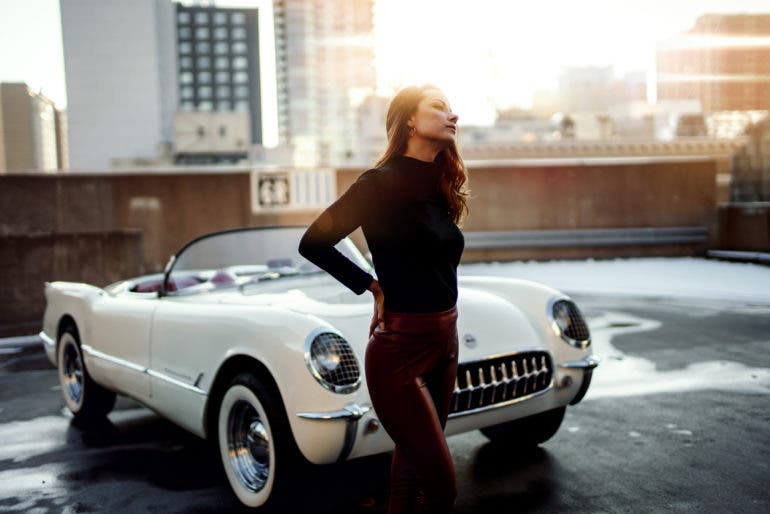
The Phoblographer: Without starting a brand war, tell us briefly what led to your Reddit username?
Robert Luxun: I made u/SonyKilledMyNikon account when I switched over to Sony mirrorless cameras. I had at the time a Nikon d850 and had been waiting forever for Nikon to come into the mirrorless game. Of course, when I finally made the switch that same year, both Canon and Nikon decided to introduce their first mirrorless cameras, but by then, I couldn’t have cared less. Sony had already established itself as a leader in mirrorless technology and had quite the options finally for native lenses. Whereas Canon and Nikon were just starting out, mainly due to their own decisions to delay creating their own mirrorless bodies
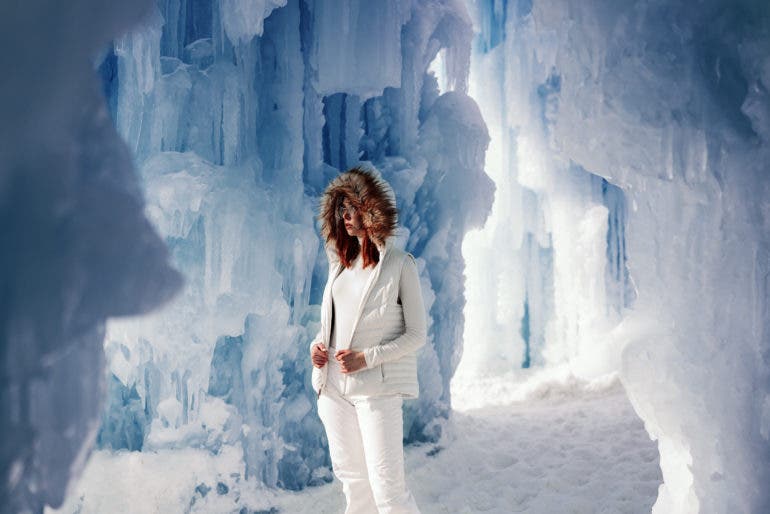
The Phoblographer: Not quite as wide as a 35 or tight as a 50mm. Why don’t more manufacturers come out with a 40mm these days?
Robert Luxun: Those two prime focal lengths have been the go-to for photographers for years. And when I first got my Voigtlander 40mm, it was literally one of the only 40mm on the market with a native Sony E Mount. And at the time, you could only get them in two places in the U.S. I ended up ordering mine from a very small camera shop in New York. Now, it seems like websites like B&H and Adorama have jumped on the train and started selling this lens. And more companies like Zeiss have also started releasing 40mm lenses. I became mildly known for using my Voigtlander on the Sony subreddit, though, and to this day it’s my go-to 40mm.
I think more people should consider adding this focal length to their arsenal because, in my opinion, it is the best focal length. It has the versatility of a 35mm but the portrait look of a 50mm. It truly is my go-to walk around lens for everything. It is so sharp at 1.2; if you can get over it being a fully manual lens, it has a lot to offer. But I don’t care how sharp or expensive a lens is as well; if it doesn’t have character, it’s not worth shooting with. I think more people are starting to catch on to the 40mm craze for sure. It’s scary to invest in a focal length that is not widely known, but once people see the character in lenses like 24mm or 40mm, it’s easy to fall in love with a different perspective.

The Phoblographer: Sun flares seem to be an essential part of your portraits now. When did you first fall in love with them?
Robert Luxun: Definitely when I started shooting more film. It became happy little accidents and then something I later was constantly trying to input into my work. While I try to maintain a somewhat “clean” aesthetic in my work, I do like the perfect imperfections that can make a photo. Whether it’s the “timed” candidness of a shot or the impromptu action of a subject who wasn’t expecting me to even capture something in the first place.

The Phoblographer: Your images consistently scored high on Reddit some years ago, but you seem to have moved away from this platform of late. Why is that?
Robert Luxun: Simply put, probably social media burnout. Something everyone experiences, but I have more and more the last couple of years. I love shooting; I love sharing. But I’m also constantly searching for myself in my work. There are times where I shoot more of what I want to shoot, but I also have to focus on what I’m getting hired for, and usually, that doesn’t involve me being the most creative all the time. I consider myself lucky to be a full-time photographer, but I am definitely always learning and searching like any other person.

The Phoblographer: Portra or Cinestill – which is your favorite and why? What challenges do these film stock pose when you’re out making portraits?
Robert Luxun: Definitely Portra, I can say that confidently. I used to be such a huge Cinestill 800t person, but because of lack of availability and cost, I was forced to find another film stock. Now I probably shoot exclusively Portra 400 and 800. I absolutely love the clean colors of Portra at night, which is my favorite time of day to shoot. Portra is also very forgiving for night shots. And Portra allows me to focus on the shot rather than worrying about how the scene is going to be affected by the film type. I love trying to create the scene I envisioned when I took the shot, rather than worrying about different colors coming out during developing and scanning. Portra is the best for my style for portraits as far as skin colors as well. Nowadays 800 though is the same cost or more as cinestill 800.
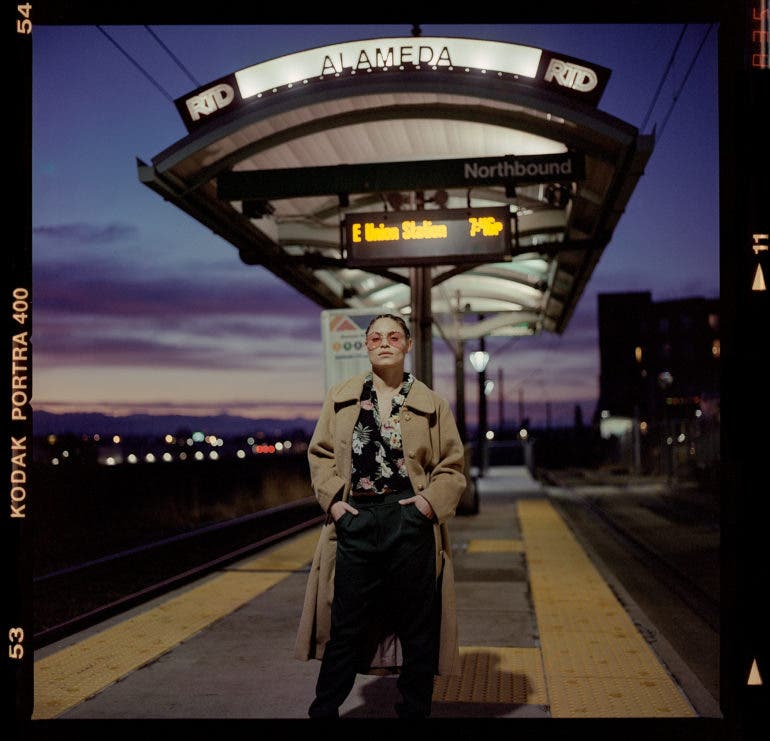
The Phoblographer: Is it a constant struggle to keep up with social media algorithms? Should photographers just shoot what makes them happier or should we also work towards beating these algorithms to stay relevant these days?
Robert Luxun: If we don’t shoot what we love, everything turns into work. So I think it’s definitely more important to be happier with what we’re doing. I think if you’re not passionate with what you’re shooting, it’ll always show in your work. So it’s more important to focus on that rather than algorithms. If we start there, the rest will follow.
My very first DSLR was a Sony when they first originally introduced their DSLR line, long before they had released mirrorless technology. I quickly switched to a Canon 5d Mark II which became my main for many years. Then Nikon 850 until finally finding my way back to Sony where my main camera bodies have been an A7iii and A7riii for quite a while.
The Phoblographer: Before you head out to shoot, how do you narrow down what to take with you? What feelings influence this decision?
Robert Luxun: On film shoots, I always bring my Hasselblad 500cm and Minolta CLE. Another benefit of both these cameras and why I ended up making them my mains are the size of them. It was one of the main reasons I also ended up getting rid of my RB67. Size and weight are a huge factor in my mind. If you’re less willing to haul your gear around, you’re less willing to shoot. Having something on you that is so compact and small, it begins to become an extension of yourself. So that way, you can almost shoot without having to even think about it and it becomes second nature. And the faster you can capture a moment, the less you will miss.

The Phoblographer: Ever tried randomly grabbing a camera and heading out, to force yourself to make something different on the spot? Is this something you’d recommend to improve creative thinking?
Robert Luxun: Absolutely. This is a great practice, especially with film. It’s better to practice if you can do this with a friend or another photographer. I am constantly doing this with @lydianoelll on Instagram. We have more photos than I can remember right now. Great model and photographer.
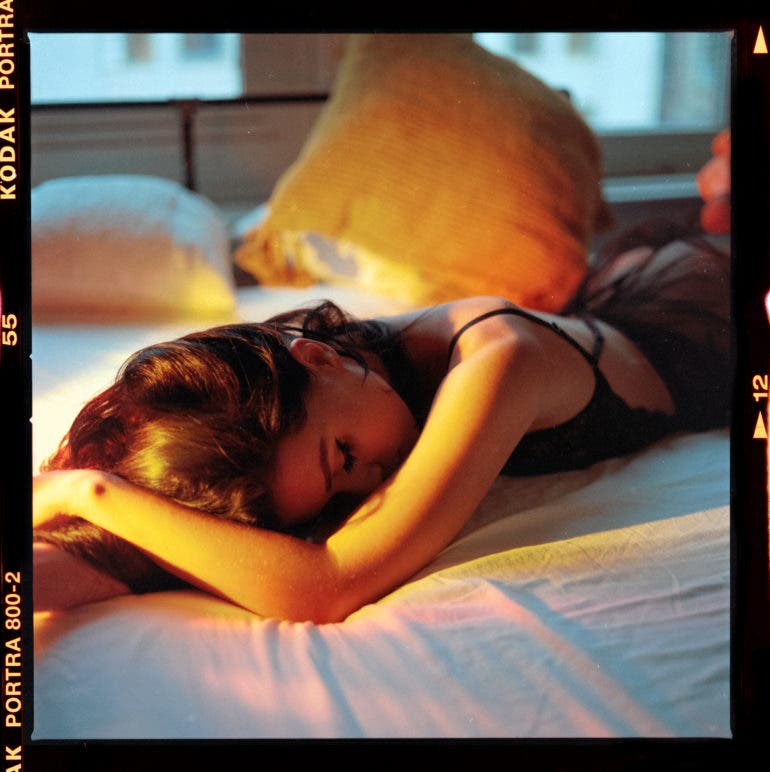
“I’ve mainly stuck with the A7riii on the digital side for quite a few reasons. I shoot in manual focus and am very precise with my shots. Something shooting film cameras have taught me. The A7riii has everything I need and because of the newer bodies coming out it keeps the price of this baby down and I would rather have a body that is capable and I’m not afraid of breaking instead of something with too many megapixels that I don’t personally have a use for. In my opinion as well, it is far more important to pay attention to the glass you’re shooting with than the body of the camera.”
The Phoblographer: If you had to pick one camera, one lens, and one film stock for the rest of your life, what would these be and why?
Robert Luxun: It would have to be a camera I don’t yet own but one day will. And that would be a Leica M6 with a Summilux-M 35mm f/1.4. And for film, I would choose Portra 400. This camera combo is my dream set-up because it would allow me to experience taking photos the way I want to. I’ve experienced this combination before, and once you’ve had it in your hands, it’s almost like you can’t go back. It truly allows you to immerse yourself in shooting. Small, compact, and the quality of the lens has such a uniquely distinctive character that can’t be matched. It’s always that extra 10% that separates something in a photo. Whether it’s worth that price tag is up to each individual person, but to me, it’s totally worth it. And Portra 400 is an obvious choice to me because I gladly can push it all the time if need be.

The Phoblographer: In a world where people are obsessed with clinically sharp images, you go with the hashtag #grainisgood. Tell us more about this.
Robert Luxun: I honestly only use that hashtag every now and then. I do think there is a time and place for grain in film, and if anything, I really don’t think that grain should be the main identity in a film photo. It should be used selectively, but too many people sometimes think that film is only grain. I think grain should be used more as an emotion in film photos for the mood of certain pictures rather than the identity of a photo or style. That’s just my opinion, though.
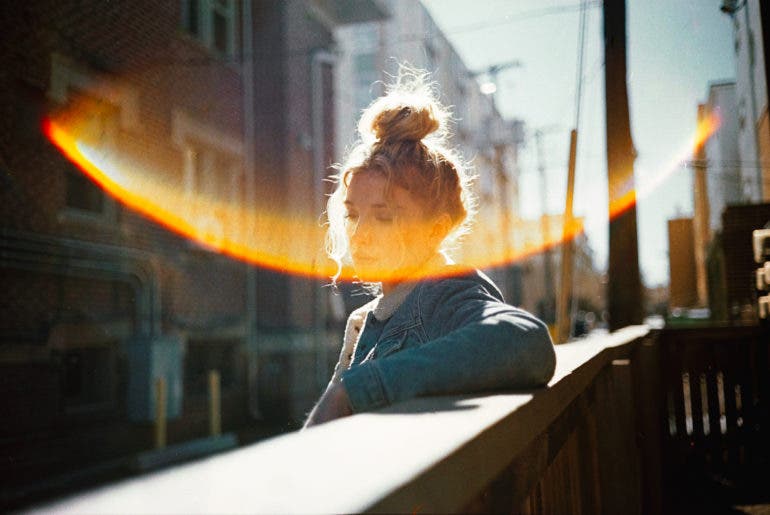
“The lens that I use to this day for almost everything is the Voigtlander 40mm 1.2 E-Mount Version. On the film side I have gone through many cameras as well. My first film camera was actually lent to me by one of my sisters who took film classes in high school. I believe it was a Nikon F. But my main cameras now are, The Hasselblad 500cm for 120 film, and My Minolta CLE with a 40mm rokkor for 35mm film. I went through quite a few to finally land on these two cameras as my go to and quite frankly the only ones I ended up keeping.”
All images by Robert Luxun. Used with permission. Visit his website and his Instagram and Flickr pages to see more of his work.